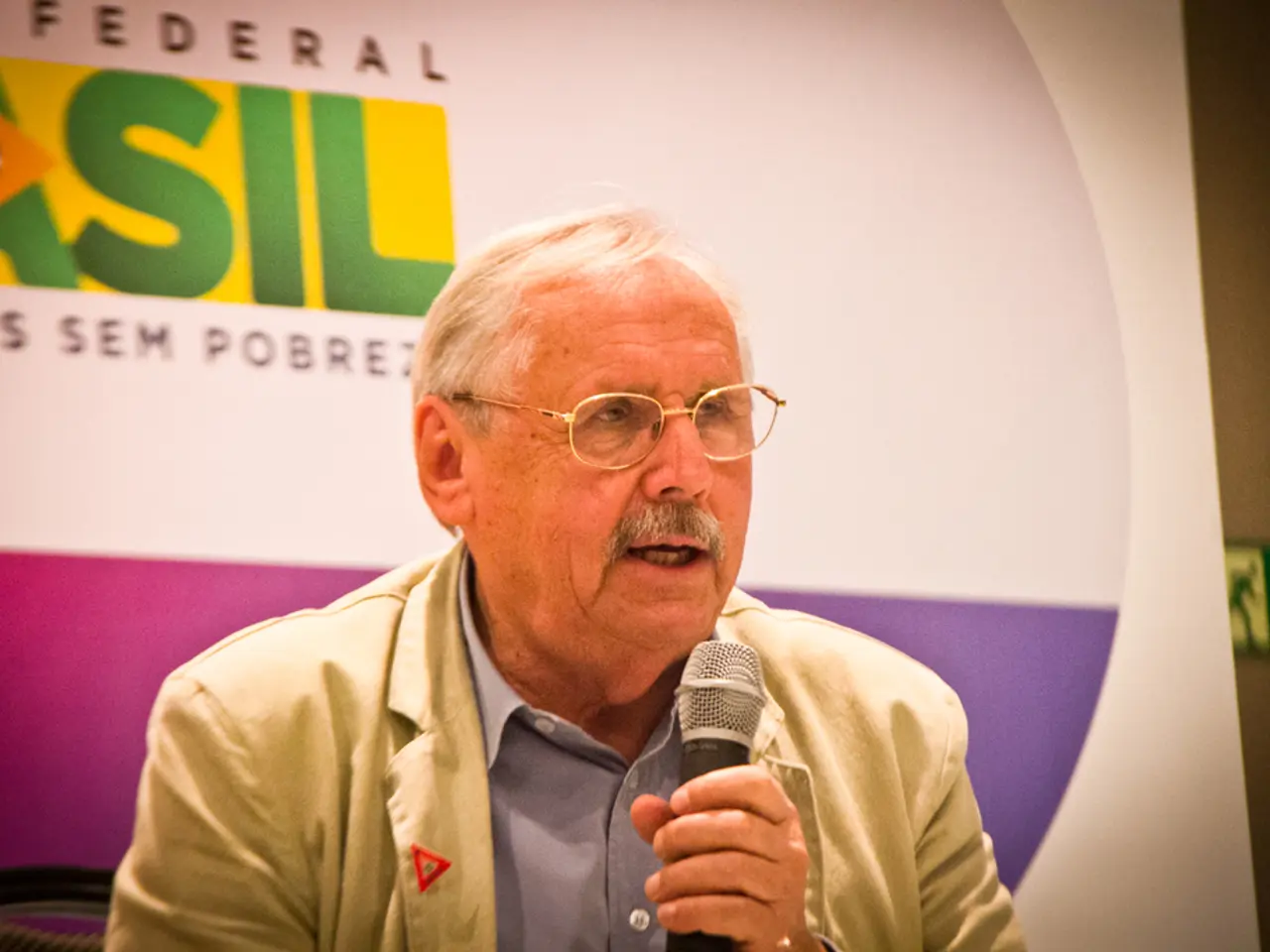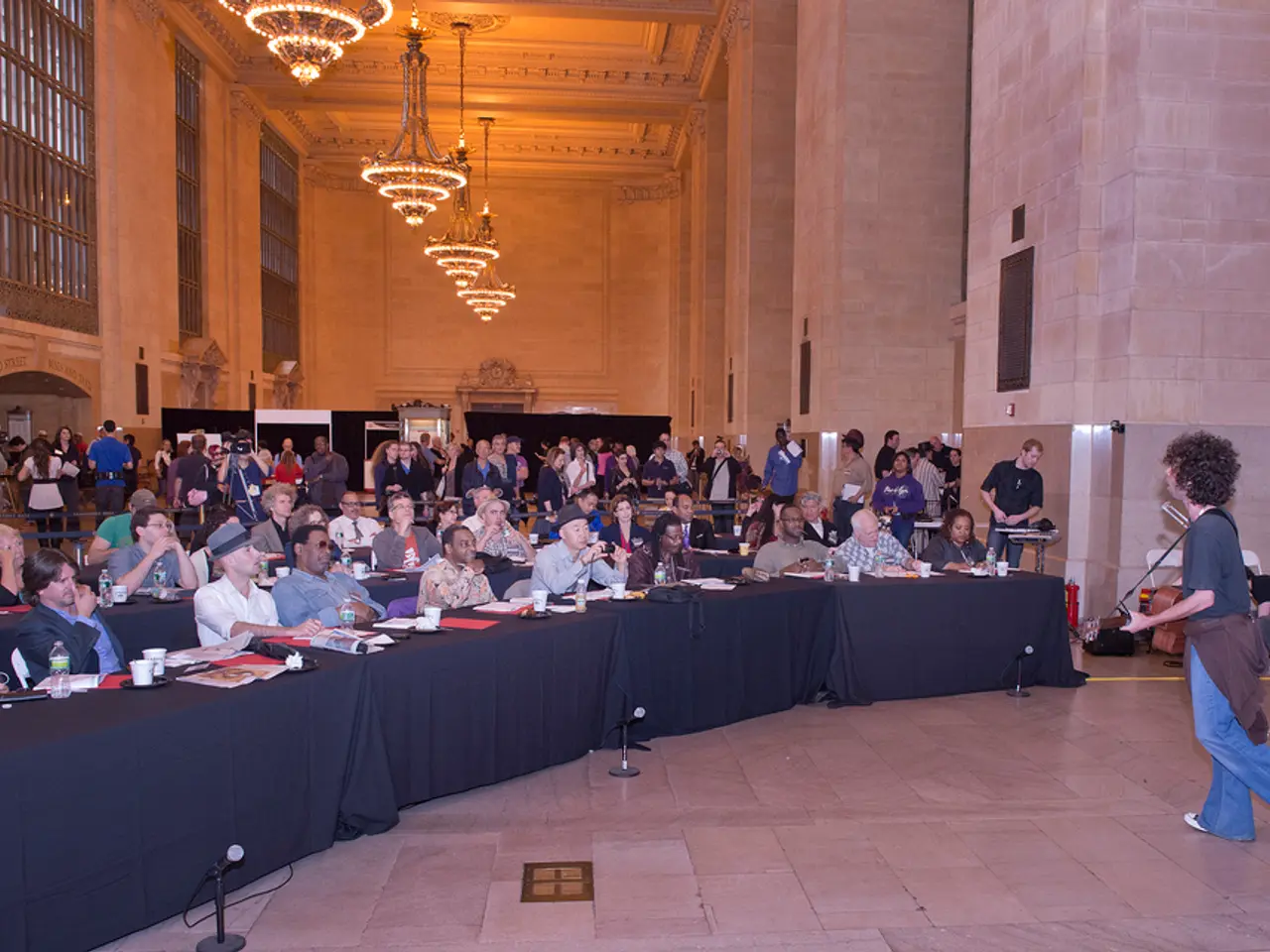Economic hardship unique to the UK distinguishes it from other European nations
The social stigma surrounding welfare benefits in Britain has deep historical roots and has significantly shaped both poverty and public attitudes towards people receiving state assistance. This stigma, which has evolved over time, is closely tied to the evolution of the British welfare state, public perceptions of poverty, and political ideologies.
Historically, before the Liberal welfare reforms of 1906–1914, welfare provision was mainly delivered under the English Poor Laws, which were highly stigmatizing as assistance was viewed as a last resort for the "undeserving poor." The 1906–1914 Liberal reforms marked a shift by introducing state intervention against poverty through pensions, health insurance, and unemployment benefits, thereby beginning to reduce the stigma by separating modern welfare from the Poor Laws system.
Despite these reforms, social stigma persisted and evolved. Welfare recipients, especially in poorer communities, often faced negative stereotyping linked to notions of dependency, laziness, or moral failure. This stigma influenced public attitudes, where recipients were frequently seen as less deserving than others who were self-sufficient. Such views affected political debates and policymaking, often leading to welfare policies that emphasized strict eligibility criteria and a rhetoric that aimed to discourage "welfare dependency."
The stigma against welfare has reinforced poverty cycles by marginalizing claimants, reducing social solidarity, and discouraging some from seeking help due to fear of judgment. This also impacted the public's willingness to support welfare spending, with paternalistic attitudes favoring more control over benefits or replacing cash transfers with in-kind support to reduce perceived misuse.
In recent years, the COVID-19 pandemic briefly shifted public perceptions as many people unexpectedly became reliant on state support, revealing the central role of welfare in society. However, political rhetoric and media representation still often maintain elements of stigma, influencing ongoing debates about welfare reform, austerity measures, and poverty reduction.
John Hills, a late social-policy expert, found that the idea of welfare had contracted in public consciousness to a debate about "a stagnant group of people benefiting from it all, while the rest pay in and get nothing back—'skivers' against 'strivers.'" This stigma sorts people into two categories: 'the deserving' and 'the undeserving.' Elderly citizens, children, and disabled people tend to fall into the deserving category, while able-bodied individuals are viewed more harshly if they receive support.
The next government must end the use of stigmatizing labels such as 'economically inactive' and 'low-skilled.' Stigma diverts blame from political decision-makers onto those struggling to make ends meet. It is crucial to acknowledge that the current poverty crisis in Britain, with over 14 million people (one in five) living in poverty, is not primarily a result of individual failures but rather a systemic issue of economic injustice.
The author, who has studied the effects of stigma on people living in poverty for over a decade, argues that poverty must be reframed as an issue of economic injustice. Stigma can be designed out of policies and services, such as 'poverty proofing' the school day. The author is part of a team commissioned by the Joseph Rowntree Foundation to investigate the effects of stigma and explore how to stop it.
The author's recently published report describes stigma as 'a glue that holds poverty in place.' The social-policy researchers Robert Walker and Elaine Chase argue that using stigma to ration relief is a peculiarly British phenomenon. The outgoing prime minister, Rishi Sunak, intends to cut the welfare bill by getting people into work. Despite evidence showing job search and work requirements for people receiving benefits don't work, policies that increase these requirements, known as 'conditionality,' have been implemented in Britain.
The author interviewed health, public-sector, and charity workers about the effects of deepening poverty and the impact of the toxic stigma narrative. Four million people in Britain, including one million children, are classified as destitute, regularly unable to meet basic needs for shelter, warmth, food, and clothing.
In conclusion, the social stigma against welfare in Britain originated from historical Poor Laws and has persisted despite attempts to reform welfare provision. Its impact includes shaping negative public attitudes towards recipients, influencing welfare policy designs that can restrict access or impose controls, and perpetuating poverty by discouraging some needy people from claiming benefits. This complex relationship continues to affect both poverty outcomes and the politics of welfare state support in Britain.
Policy-and-legislation should prioritize addressing the historical stigma against welfare recipients, recognizing the impact it has on shaping negative public attitudes and influencing welfare policies that restrict access or impose controls.
Economic inequality and ongoing debates about welfare reform, austerity measures, and poverty reduction in Britain are closely tied to the persistence of this social stigma, highlighting the need for systemic change in policy-and-legislation to tackle economic injustice.








